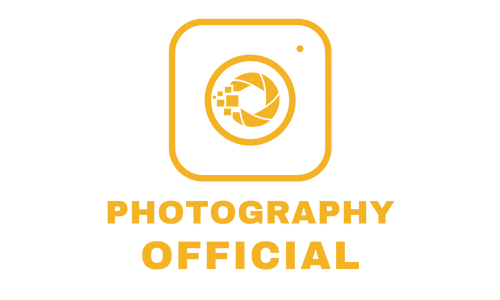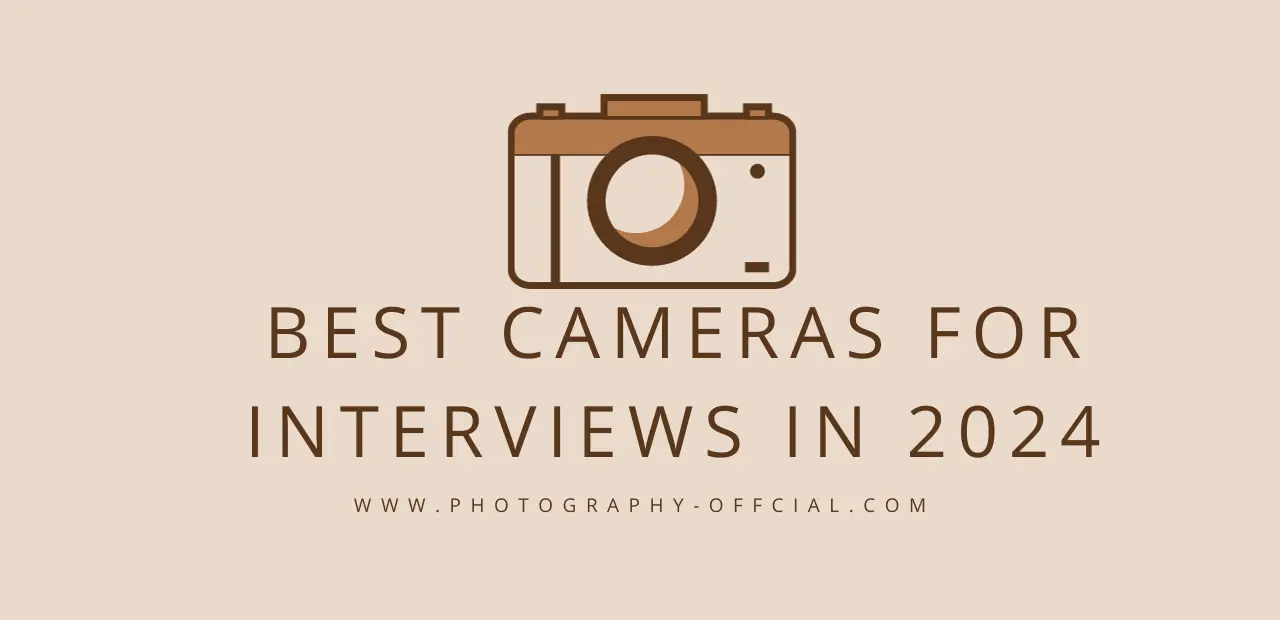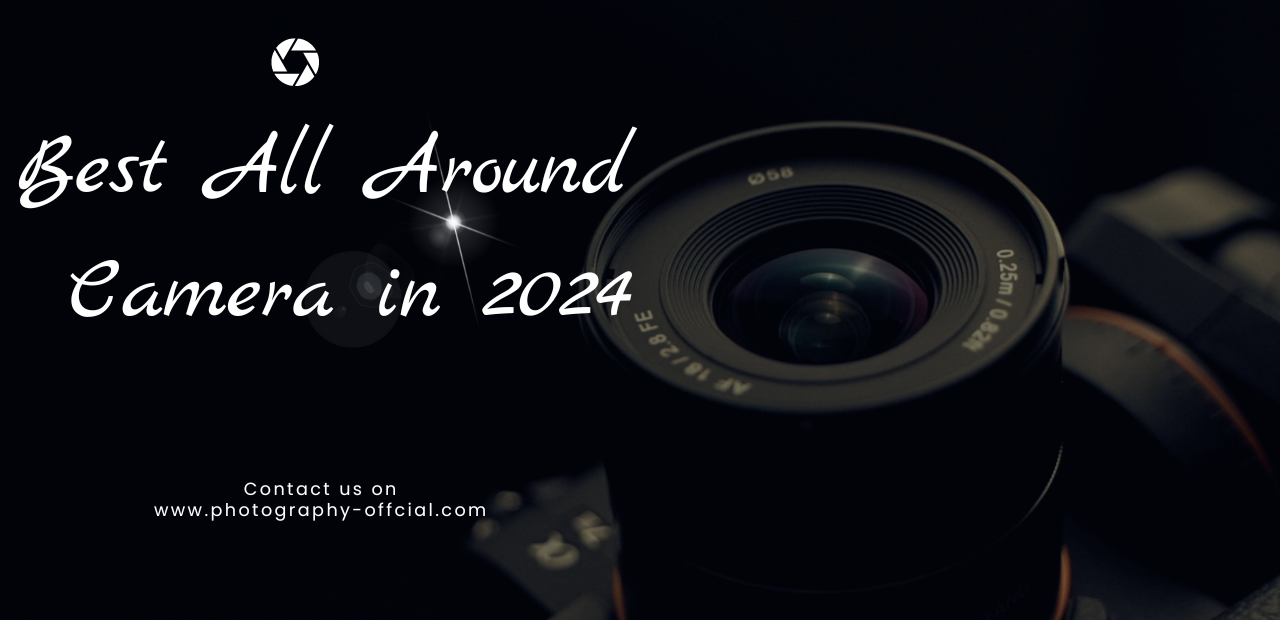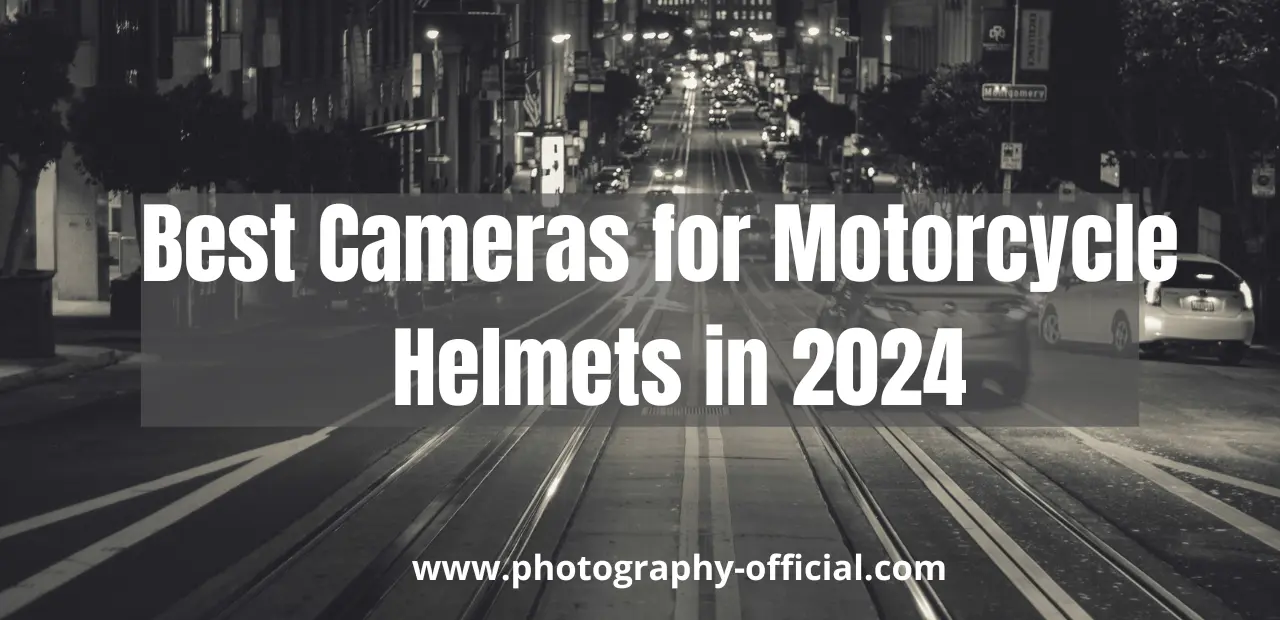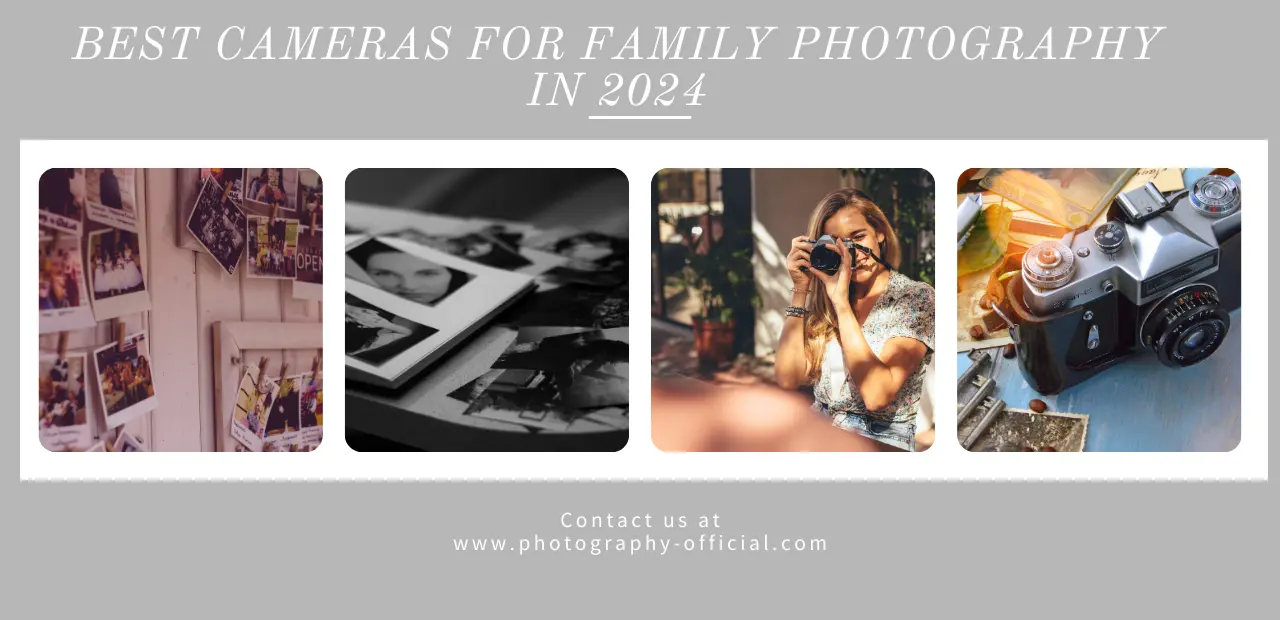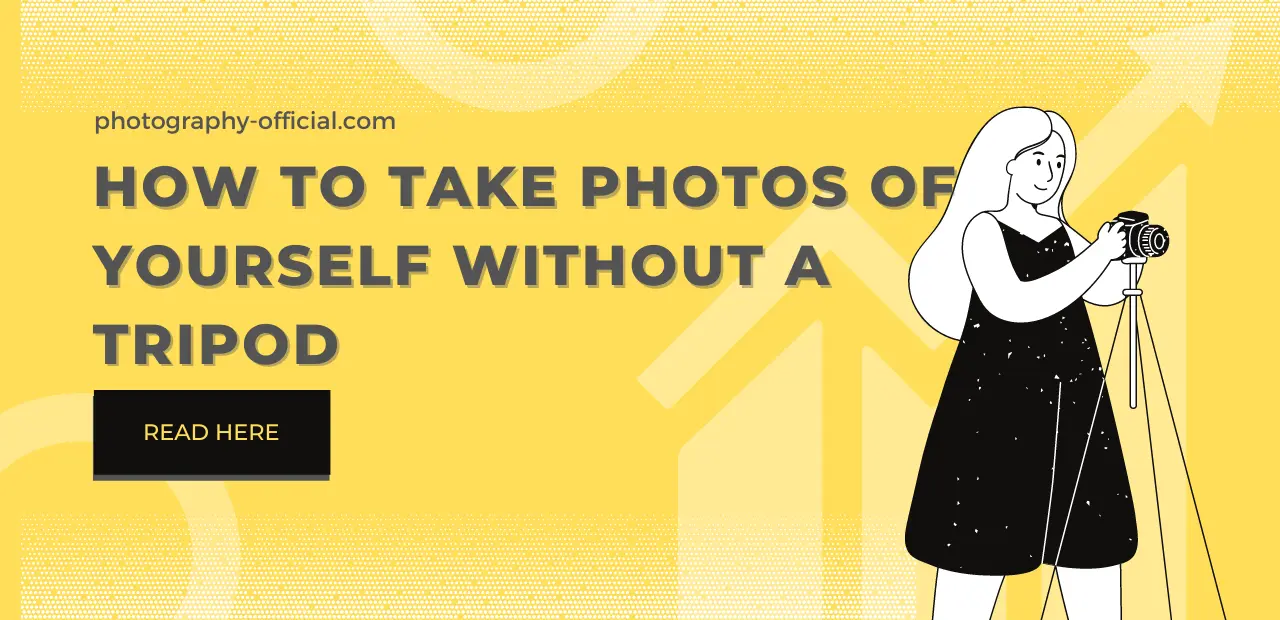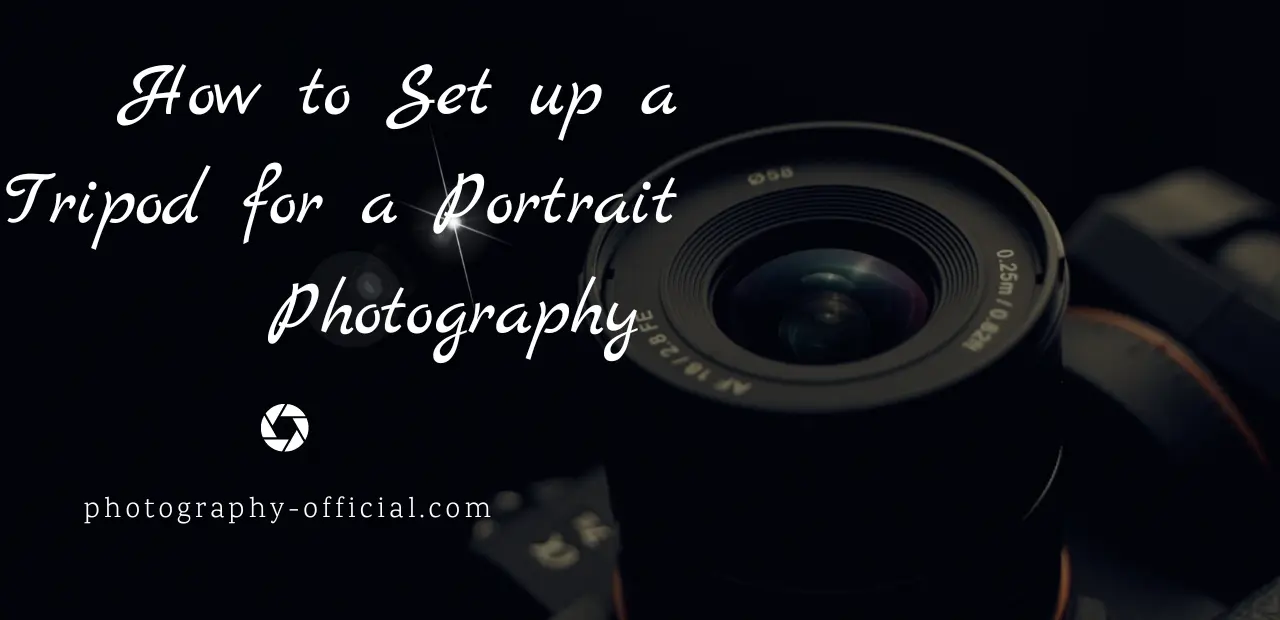How To Photograph Planets With A DSLR
You’re gazing at the night sky, marveling at its vast beauty. Ever wished you could capture that awe-inspiring view of planets? Well, with your DSLR camera, you can! Whether you’ve got a Canon, Nikon, Sony or any other brand, we’ll guide you through it all. Don’t worry about light pollution – we’ve got that covered too. Ready to shoot Jupiter or Venus? Or perhaps Saturn and Mars? Let’s dive in!
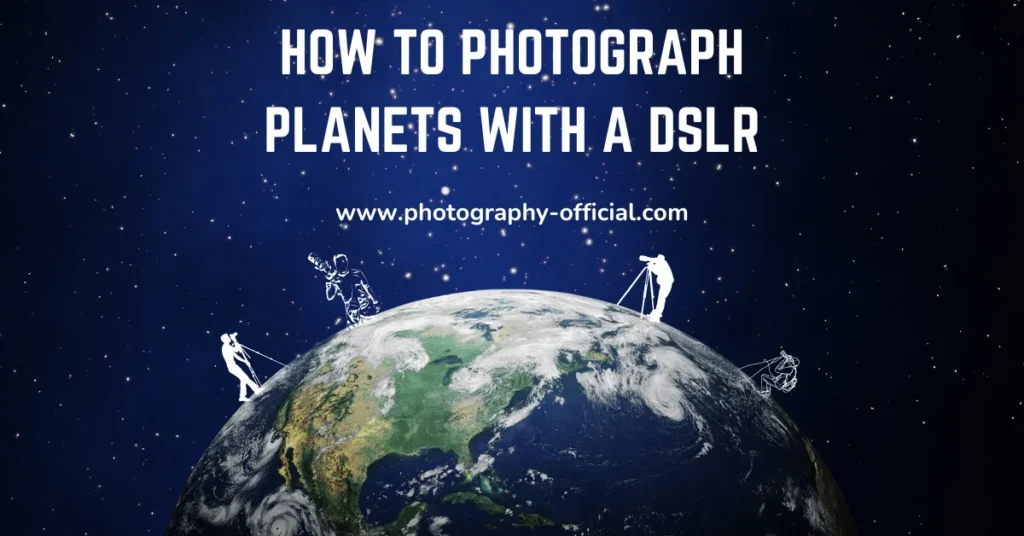
- How To Photograph Planets With A Canon DSLR
- How To Photograph Planets With A Nikon DSLR
- How To Photograph Planets With A Sony DSLR
- How To Photograph Planets With A Fujifilm DSLR
- How To Photograph Planets With A Panasonic DSLR
- How To Photograph Planets With A Olympus DSLR
- How To Photograph Planets With A Pentax DSLR
- Best DSLR Camera Settings For Planet Photography
- Essential Gear For Planet Photography
- Understanding And Overcoming Light Pollution
- Capturing The Moon With DSLR: Techniques And Challenges
- Photographing Bright Planets With DSLR: Jupiter And Venus
- Photographing Elusive Planets With DSLR: Saturn, Mars, And More
How To Photograph Planets With A Canon DSLR
You’ve got your Canon DSLR in hand and you’re ready to photograph some planets, aren’t you? Well, before you venture out into the night, there’s a few things you’ll need to know. First up, it’s essential that you have a sturdy tripod for stability. You wouldn’t want your shot ruined by unnecessary movement.
Next, switch your lens to manual focus. Auto-focus could struggle in low light conditions and we can’t have that muddling our crisp planet shots. Now dial in the settings: start with an ISO around 800-1600, shutter speed at 1/4s – 5s and aperture as wide as possible for maximum light gathering. Remember each camera is unique so do experiment.
Don’t forget about composition! Rule of thirds is always handy when framing those celestial bodies; they don’t need to be smack bang centre every time. Just make sure whatever else is in frame complements your subject.
How To Photograph Planets With A Nikon DSLR
If you’re using a Nikon, you’ll need to adjust your settings accordingly to capture the celestial bodies beautifully. Remember that each camera model may have slightly different controls and options. But don’t worry; we’ve got your back!
Here’s a quick guide for capturing planets with a Nikon DSLR:
- Setting Up Your Camera
- Focus: Set your lens to manual focus (MF) and rotate the focus ring until the stars appear as small points.
- Exposure Settings: Adjust ISO, aperture, and shutter speed. You might start with an ISO of 800, aperture at f/8, and shutter speed at 30 seconds.
- Choosing The Right Lens
- Focal Length: A longer focal length can help magnify distant objects like planets.
- Using Supporting Equipment
- Tripod: Use a sturdy tripod to eliminate camera shake during long exposures.
- Remote Shutter Release: This is essential for minimizing vibration when pressing the shutter button
Take time experimenting with different settings until you get it right. And remember: Practice makes perfect! So don’t be discouraged if your first few attempts aren’t stellar. You’re taking one small step towards mastering astrophotography every time you shoot.
How To Photograph Planets With A Sony DSLR
Switching over to a Sony? We’ll guide you through the necessary steps for capturing celestial bodies with your new gear. You’ve made a great choice, as Sony DSLRs offer exceptional image quality and excellent low light performance, both crucial for astrophotography.
First up, it’s all about setup. Make sure you’re in manual mode and disable any image stabilization features. Use a tripod for stability and focus manually on the brightest star. Here’s a quick reference table to get you started:
| Setting | Recommendation |
|---|---|
| Mode | Manual |
| ISO | 800 – 3200 |
| Aperture | As wide as possible (low f-number) |
| Shutter Speed | 20-30 seconds |
| Focus | Manual on brightest star |
Next is the tricky part: shooting. It requires patience and practice. Take multiple shots of the same area then stack them using software like DeepSkyStacker or Starry Landscape Stacker.
Post-processing is where you’ll bring out details from your images. Adjust contrast, brightness levels, etc., until you’re happy with the result.
Remember that practice makes perfect! Astrophotography is challenging but rewarding, so don’t be discouraged if your first few attempts aren’t stellar. Keep at it and soon enough you’ll capture breathtaking photos of planets with your Sony DSLR.
How To Photograph Planets With A Fujifilm DSLR
Now let’s tackle capturing celestial bodies using a Fujifilm camera, which also boasts excellent image quality and low light performance. You’re probably eager to start snapping away at the night sky, but there are some things you need to know first.
Setting up your camera:
- Manual Mode: It’s best to shoot in manual mode when photographing planets. This allows you to have full control over your exposure settings.
- Focus: Manual focus is critical too! Autofocus can struggle in low light conditions.
- ISO and Shutter Speed: Keep ISO as low as possible while adjusting shutter speed for optimal exposure.
Choosing the right lens:
- A telephoto lens will get you closer to those distant celestial bodies.
- Don’t have one? That’s okay! You can still capture beautiful shots of the night sky with a wide-angle lens.
- Consider additional equipment:
- A sturdy tripod goes a long way in keeping your shot steady.
- Remote triggers or self-timers can help avoid any potential shake from pressing the shutter button.
With these tips, you’ll be well on your way to capturing stunning images of planets with your Fujifilm DSLR.
How To Photograph Planets With A Panasonic DSLR
Capturing celestial bodies with a Panasonic camera can be just as rewarding, and it’s important to familiarize yourself with the specific features of this brand. You’ll want to focus on using manual mode, adjusting ISO settings, and utilizing long exposure times.
Here’s a quick guide:
| Feature | Setting |
|---|---|
| Mode | Manual |
| ISO | 800 – 3200 |
| Exposure Time | 15-30 seconds |
You’re not locked into these exact settings; they’re simply starting points. You can adjust according to your environment and the results you’re seeking.
It’s also beneficial to use a sturdy tripod and remote shutter release. The less movement your camera experiences during shooting, the clearer your shots will be. Don’t forget about focusing either! Use manual focus for more control over your end result.
Remember that patience is key in astrophotography, especially when photographing planets with a DSLR. It might take several attempts before you get the perfect shot but don’t give up! Experimenting is part of the process and soon enough, you’ll have an incredible photo worthy of any astronomy magazine cover.
How To Photograph Planets With A Olympus DSLR
You’ll find that shooting celestial bodies with an Olympus camera also has its unique aspects to consider. It’s not just about snapping away; you’ve got to understand your equipment and the environment you’re working in.
Let’s break it down:
Understanding Your Camera:
- Learn every feature of your Olympus DSLR. The better you know your gear, the better equipped you’ll be when capturing planets.
- Familiarize yourself with ISO settings, aperture, and shutter speed. These three aspects will significantly impact your shots.
Mastering the Environment:
- Timing is crucial in astrophotography; make sure to plan according to the celestial event.
- Choose a location free from light pollution for optimal viewing conditions.
Post-Processing Techniques:
- Use software like Adobe Lightroom or Photoshop to enhance your images post-shoot.
- Skills in editing will take your photos from good to great.
With these considerations at hand, you’re set for some exciting stargazing nights ahead! You’re now one step closer to mastering planetary photography with an Olympus DSLR. Remember, practice makes perfect; don’t be discouraged if early attempts aren’t as expected. Keep trying, keep learning, and soon enough, those stunning cosmic images will be yours!
How To Photograph Planets With A Pentax DSLR
Shooting celestial bodies with a Pentax camera has its own unique considerations, so let’s delve into them. You need to understand your equipment thoroughly: the lens, aperture settings, and ISO sensitivity are all crucial. Don’t forget about the role of sturdy tripods and remote triggers in minimizing shake.
To help you visualize this better, let’s break it down into a simple table:
| Equipment | Importance |
|---|---|
| Lens | Captures light |
| Aperture | Controls light |
| ISO | Sensitivity to light |
The lens captures as much light as possible from these distant objects. Your aperture settings control how much light enters your camera – when photographing planets, you’ll generally want a wide-open setting. The ISO setting adjusts the camera’s sensitivity to light; however, higher ISOs can lead to grainy images.
Bear in mind that practice makes perfect – you won’t get everything right on your first try! So go out there under the starlit sky armed with your knowledge and enthusiasm. With patience and persistence, you’ll soon be capturing stunning images of planets with your Pentax DSLR!
Best DSLR Camera Settings For Planet Photography
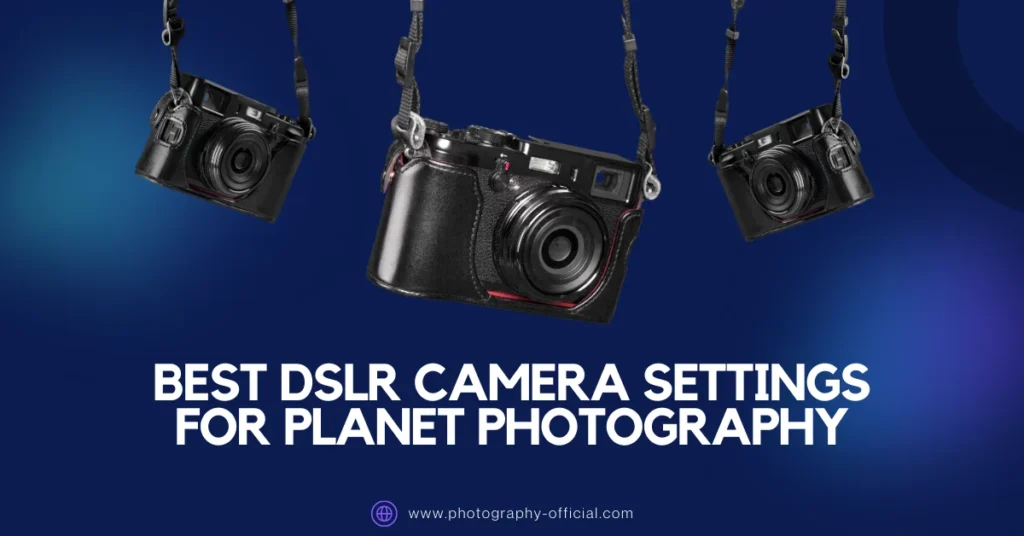
Let’s now focus on the optimal settings for your camera when aiming to capture celestial bodies. First off, you’ll need to adjust your DSLR camera’s ISO setting. This controls the sensitivity of your camera’s sensor to light. For planet photography, it’s best to set it between 800 and 1600.
Here are some other essential settings and tips:
- Aperture: It is advised that you set the aperture as wide as possible – typically f/2.8 or f/4. Lower numbers mean a wider aperture. This allows more light into the lens, increasing clarity in low-light conditions. Be aware though; a wider aperture can also increase image noise. Balance is key.
- Shutter Speed: You’ll want a fast shutter speed – try starting at 1/250th of a second. A faster shutter speed captures images quickly, avoiding motion blur from Earth’s rotation. However too quick can lead to underexposed images.
- Focus: Manual focus rather than auto will provide sharper results. Set your lens to infinity (∞) for capturing distant objects like planets.
Essential Gear For Planet Photography
If you’re passionate about capturing the celestial bodies, the right gear can make all the difference to your planet photography. For stability, there’s no better option than the Vanguard Alta Pro 263ap tripod for use with your DSLR camera. To avoid shaky hands and ensure sharp images, consider investing in a Pixel Tw-283 E3/N3 remote shutter release for those perfect planetary shots.
Tripods that are best for the planet photography are usually on the more expensive side, so if you wish to save some money here are the best tripods on a budget that are still suitable for DSLR cameras.
Best Tripod For Planet Photography With DSLR
Vanguard Alta Pro 263ap

You’ll find the Vanguard Alta Pro 263ap to be an excellent choice for DSLR planet photography due to its stability and versatility. It’s designed with a unique multi-angle central column system that allows you to position your camera from virtually any angle.
Key features:
Stability
- The tripod’s legs adjust to 25, 50, and 80-degree angles.
- It has a load capacity of 11 lbs, ensuring it won’t easily tip over
Versatility:
- Its advanced camera vibration control capability ensures sharp images.
- The quick-flip leg locks make it easy to set up in different environments
Functionality:
- Comes with PH-32 pan head for smooth movements.
- The bubble levels help maintain balance on uneven surfaces.
In essence, this tripod is a reliable tool you can count on when capturing celestial bodies.
Best Remote Shutter Release For Planet Photography With DSLR
Pixel Tw-283 E3/N3 Camera Remote

Now that you’ve got your tripod set up, let’s move on to another essential tool for planet photography: the remote shutter release. The best one in the market today is the Pixel TW-283 E3/N3 Camera Remote.
This little gadget allows you to take photos without physically touching your camera, thereby eliminating any chance of movement and resulting in clear, sharp images. It’s wireless too which means you can position yourself at a comfortable distance from your DSLR.
With its impressive range, multiple shooting modes (like single shooting, continuous shooting), and timer functions – it gives you full control over your shots. You’ll find it particularly useful when capturing planets as it allows for long exposure times without shaking or moving the camera. Get ready to take some stunning shots with this handy device!
Understanding And Overcoming Light Pollution
Light pollution’s a major challenge when you’re trying to capture the beauty of celestial bodies with your DSLR. It’s like an unwanted veil that obscures your view and makes it hard to discern the planets in all their glory. But don’t worry, there are ways around this issue.
Here’s what you can do:
Use Filters: Invest in light pollution filters for your camera. They’ll help cut through the haze and improve contrast.
- Narrowband Filters: These allow certain wavelengths of light to pass through, enhancing details.
- Broadband Filters: These block out specific types of light from artificial sources.
Choose Your Location Wisely: Not all places are created equal when it comes to stargazing.
- Rural Areas: Less populated areas typically have less light pollution.
- High Altitude Locations: The higher up you go, the less atmospheric interference there is.
Post-Processing Techniques: Even if you can’t completely avoid light pollution, post-processing software can help enhance your images.
- Image Stacking Software: This combines multiple shots into one image, reducing noise and increasing detail.
- Adjusting Levels/Contrast: Tweaking these settings in photo editing software can help bring out more detail in planets.
Capturing The Moon With DSLR: Techniques And Challenges
Capturing the moon’s not as simple as pointing your camera towards the sky and clicking a button; it presents its own unique set of challenges. You’ll need to take into account factors such as exposure, focus, and timing.
Firstly, you’ve got to handle overexposure. The moon’s brightness can trick your camera’s light meter into underexposing the scene, leaving you with a dark image. Try using Spot metering mode and manual settings to get this right.
Next is the challenge of getting sharp focus. Because it’s so far away, autofocus often struggles with capturing the moon clearly. You might find manual focus gives better results.
Timing is an important factor too. You’d think that shooting in complete darkness would be best for astrophotography but in reality, photos taken during twilight often have more detail because there’s still some sunlight illuminating the moon.
Last but not least is dealing with weather conditions – clouds and atmospheric turbulence can affect clarity and detail.
It’s all about trial and error – don’t be discouraged if your first shots aren’t perfect. Keep practicing and learning from your mistakes until you capture that stunning lunar shot you’re aiming for!
If you want to read even more about DSLR photography at the night time, read our blog post on the topic.
Photographing Bright Planets With DSLR: Jupiter And Venus
Shooting Jupiter and Venus can be quite the adventure, presenting challenges that are different from those you’ve encountered while capturing lunar images. Unlike our moon’s detailed surface, these planets appear as bright points of light in the night sky, which can make focusing a difficult task. However, don’t let this deter you; with a bit of patience and know-how, you’ll nail it.
You need to consider three key aspects:
Camera Settings:
- Use manual mode for total control over your shot.
- Keep ISO low to reduce noise.
- Experiment with shutter speed; start at 1/125 and adjust as needed.
Equipment:
- A good telephoto lens or telescope is essential to magnify these distant planets.
- A sturdy tripod and remote shutter release will help eliminate camera shake.
Weather Conditions:
- Clear skies are crucial for successful planetary photography.
- Be patient; weather can be unpredictable but waiting for the right conditions is worth it.
Remembering these tips will help ensure your success when photographing Jupiter and Venus. It’s challenging indeed but equally rewarding once you’ve nailed that perfect shot. Don’t forget to have fun during the process!
Photographing Elusive Planets With DSLR: Saturn, Mars, And More
Snapping pics of elusive celestial bodies like Saturn and Mars isn’t any less exciting or challenging. You’ve got to equip yourself with a DSLR, a good telescope, and the patience to wait for the right moment. It’s not just about pointing your camera skyward; it’s also about understanding these planets’ positions in relation to Earth.
Saturn, known for its spectacular ring system, is best captured when it’s at opposition – that’s when it’s closest and brightest from our perspective. Similarly, photographing Mars requires you to track its orbit carefully. There are times when the ‘Red Planet’ isn’t red at all! But don’t fret; this gives you an opportunity to capture its unique blue sunsets.
While your DSLR can handle high ISOs, remember that photography is more art than science. Experiment with different settings until you find what works best for each planet. And remember: even if you don’t get it perfect on your first try, don’t be discouraged! With persistence and passion, you’ll soon have breathtaking images of these distant worlds that’ll make all your efforts worthwhile. So grab your gear and let’s shoot some planets!




